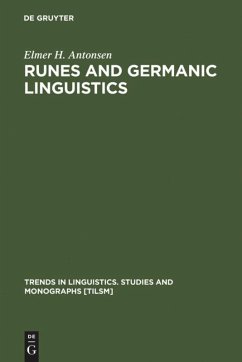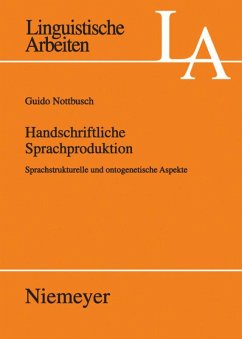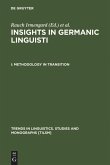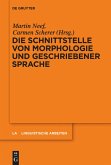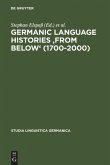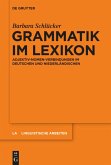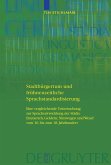The older runic inscriptions (ca. AD 150 - 450) represent the earliest attestation of any Germanic language. The close relationship of these inscriptions to the archaic Mediterranean writing traditions is demonstrated through the linguistic and orthographic analysis presented here. The extraordinary importance of these inscriptions for a proper understanding of the prehistory and early history of the present-day Germanic languages, including English, becomes abundantly clear once the accu-mulation of unfounded claims of older mythological and cultic studies is cleared away.
Hinweis: Dieser Artikel kann nur an eine deutsche Lieferadresse ausgeliefert werden.
Hinweis: Dieser Artikel kann nur an eine deutsche Lieferadresse ausgeliefert werden.
"ANTONSENS Beitrage zur Runenforschung zeichnen sich nach eigener Einschatzung durch eine Methode linguistischer Rigorositat aus. Das macht ihre unzweifelbare Bedeutung aus. "Rigorism" ladt aber auch zu kritischer Diskussion ein."Heinrich Beck in: Zeitschrift fur Dialektologie und Linguistik 2/2006

